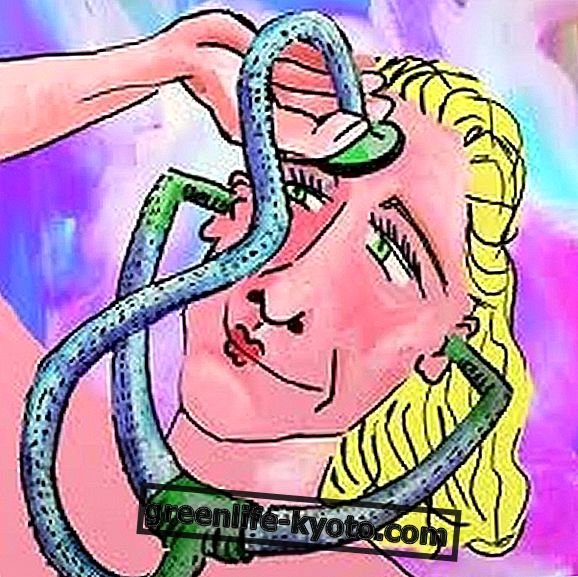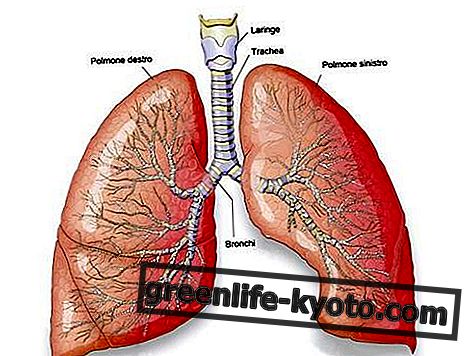
When modern pharmacology did not exist, ancient doctors used plants and their extracts to heal or keep the body healthy, using the Theory of the Signatures. This doctrine allowed men to identify plants and associate them with organs, which needed therapeutic intervention.
Allusions to the signature are present in some writings of Hippocrates and Galen, but with Paracelsus, who argued that the doctor had absolutely not to neglect the "form of the simple" (a term used to indicate, in those times, the plants), that this technique took the form of a medical theory.
Theory of Signatures and its theoretical foundation
The theoretical assumption underlying this doctrine is found in the writings of Plotinus, founder of Neoplatonism. The philosopher stated, in fact, that "every being that is in the universe, according to its nature and constitution, contributes to the formation of the universe itself, with its action and its suffering, in the same way that each part of the individual animal, by reason of its natural constitution, cooperates with the organism in its entirety, making that service which belongs to its role and its function. Furthermore, each party gives of its own and receives from the others, as far as its receptive nature allows it ".
From these words we can understand how the ancients conceived the world: there is a correspondence between all things, because Nature is a single living organism, made up of several parts, as is the human body. The diversity that we can find is given by the fact that these parts perform different functions.
From the stars to the animals, from the animals to the plants, from these to the stones, up to the organs that make up the human body, there is a bond, signaled precisely by an imprint or "signature" (sign), which binds together the things belonging to the same nature or having the same functions. For this reason a plant with parts resembling human organs would be useful for treating or supporting those organs.
Signature Theory: some examples
At a time when most people were illiterate, it is possible that at the beginning the doctrine was born as a mnemonic aid for the neophyte, who learned by simple observation.
We illustrate some examples deduced from books of the time: plants with yellow flowers, such as the dandelion, were used to cure jaundice through color marking, and were therefore used for liver disorders; plants with red parts were used for blood diseases. In addition to the signature of the color there was also that of the shape: to give some examples, the horsetail recalling a ponytail would have been useful for hair or bones, as its stem is similar to a vertebral column. Walnut was associated to the brain due to its similarity to this organ, and therefore considered an excellent remedy for treating insomnia and anxiety.
With the birth of pharmacological science and the synthesis of drugs, the Theory of Signatures fell into disuse for official medicine, remaining the prerogative of phytotherapy and other natural medicines. However we can still find its passage in the history of medicine, because even today many vulgar names of plants remind us of those very similarities.













